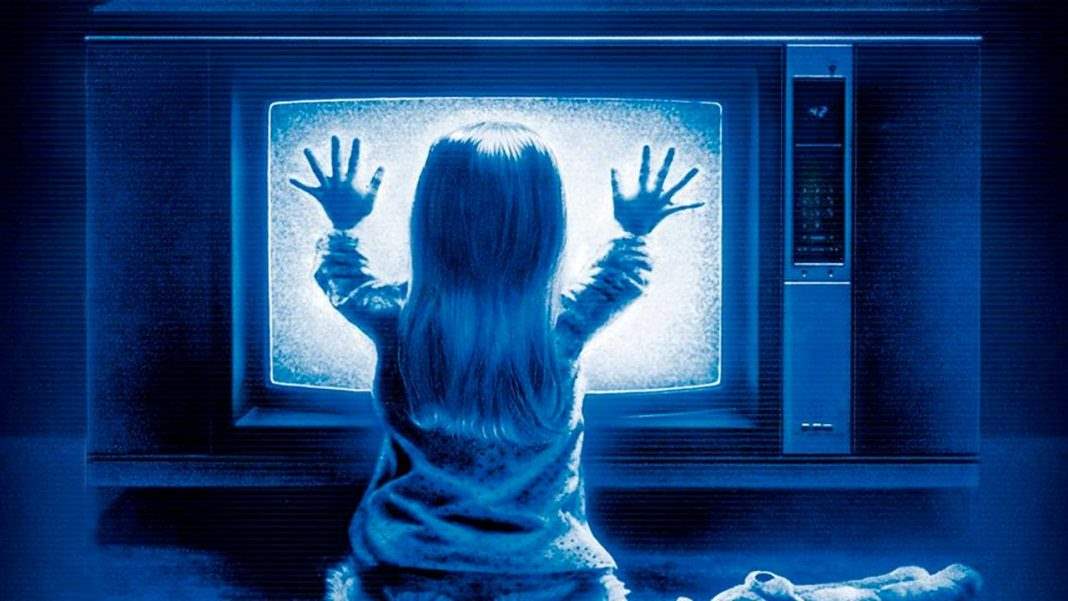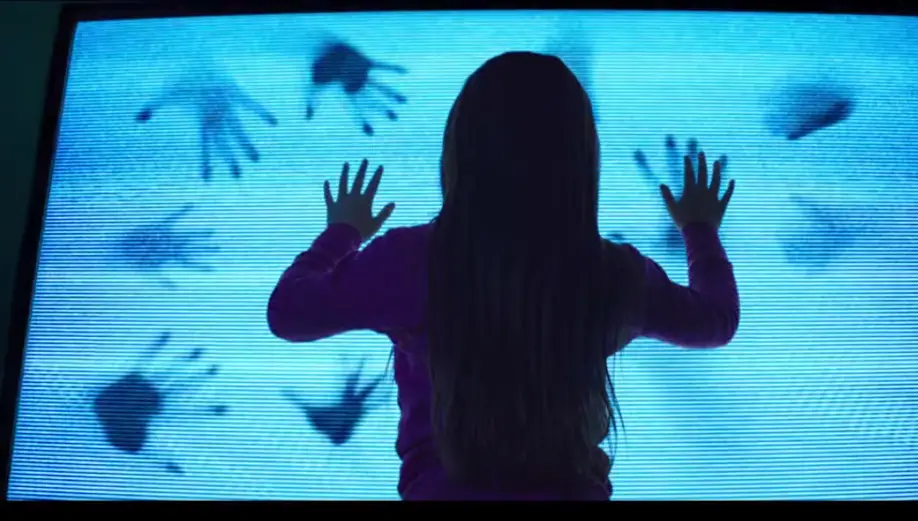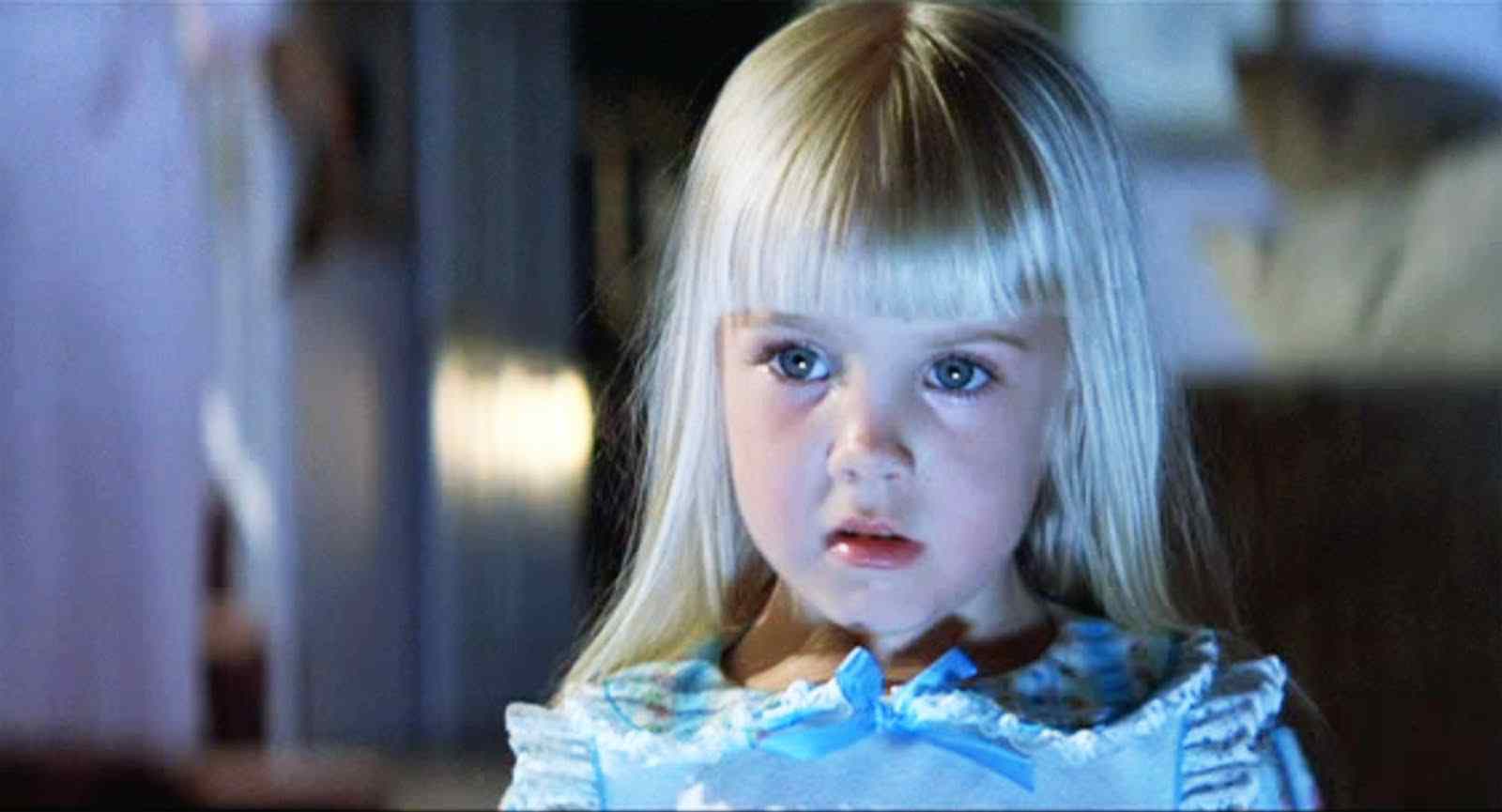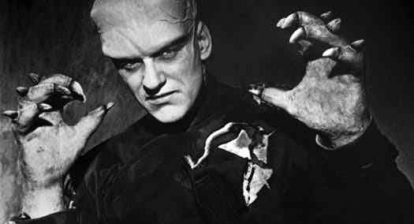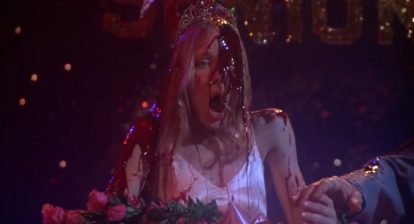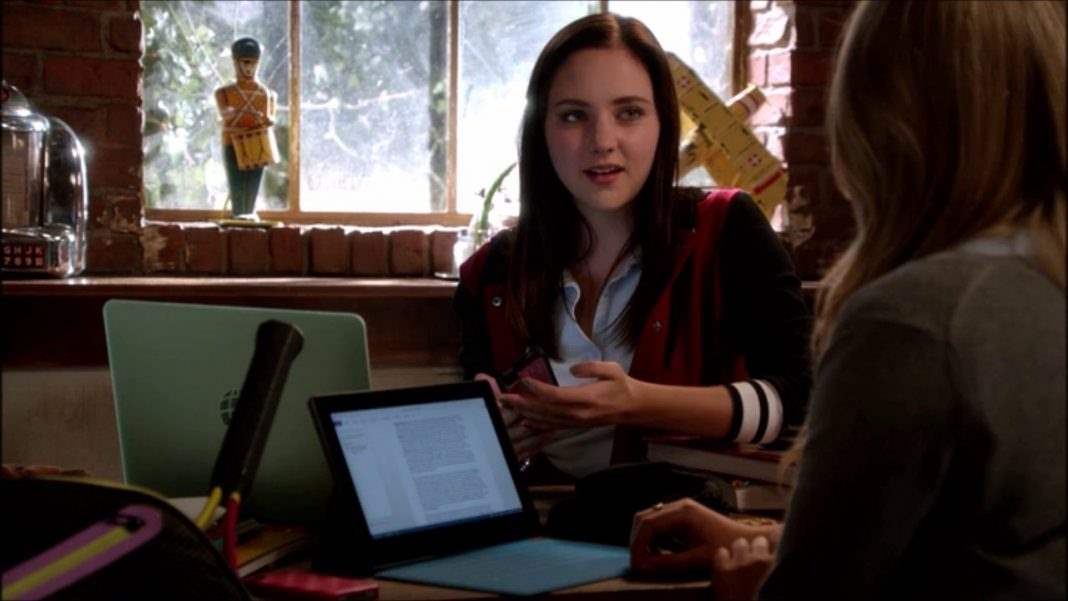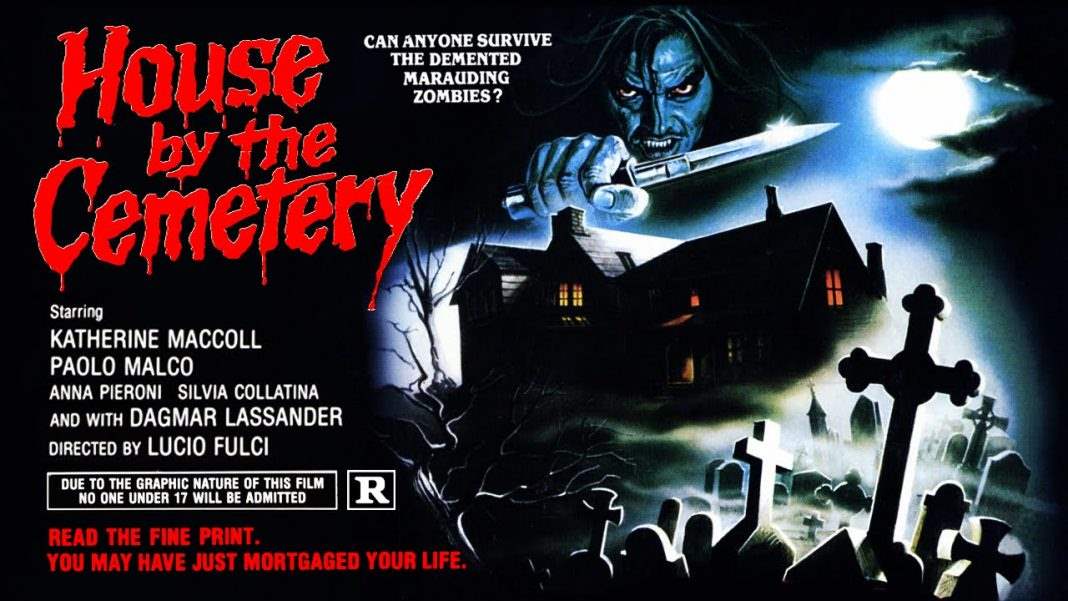The latest in an increasingly declining surge of remakes is upon us in the form of Poltergeist. But how well does it compare to its predecessor? It’s an interesting thing to think about every time a movie is remade. How can it beat the original? But now a good remake of an iconic feature should be about making it better. No one should go in thinking that there was something about the first that inherently didn’t work that they are trying to fix. The filmmakers who think that are very often responsible for the remakes that fail. Other times, it comes down to a mishandling or misunderstanding of the source material.
Let’s take a look to see how the two films stack up against each other. Obviously, in order to properly look at their respective strengths and differences, there will be spoilers for those who have not yet seen the remake.
Related: How Poltergeist Destroyed The American Dream (And Why That’s Great)
Poltergeist is a family horror film in the purest tradition. It’s about a family, first and foremost. They are the core of the story. It is not R-rated (making it confusing that almost everyone across the board demanded that rating for the remake) and yet it is absolutely terrifying. As a child I could barely sit through it, and as an adult there are still scenes that give me the willies. The picture just works from beginning to end.
It’s also a very effects-heavy film which was and still is very rare for a haunted house story. They usually rely on footsteps and knocks without really showing anything more than the occasional shadow, but Poltergeist inverts that completely. This is an everything-plus-the-kitchen-sink approach to the paranormal. You have possessed clown dolls, child-eating closets and trees, just about everything. At the same time, it has excellent character work, from the family to the paranormal investigators. That’s the movie’s strength, which most tend to overlook. Poltergeist isn’t a success because it’s scary. It’s a success because you believe that every single person in that house will do anything to get that child back. Ultimately, it’s naturally the mother who makes the leap. And that’s perfect. If there’s any real protagonist here, she’s it.
Like most remakes, the areas in which Poltergeist succeeds are the areas in which it is most different from the original. This movie presents a lot of new ideas and almost all of them are really interesting, but it never takes the time to explore them all. It’s much shorter than the first and that’s a bit of a red flag. If anything a remake should be longer or at least the same length as the first in order to properly explore its own fresh take.
I’ve always thought one of the best things a remake can do to separate itself from the original is to make a different character the protagonist. Poltergeist succeeds in this area by making the little boy (a version of Oliver Robbins’ character in the first), the middle child, the new protagonist. Having him go in to save his little sister instead of the mother sets up a completely new dynamic. And the filmmakers give him his own fresh plot arc as well. He’s scared of everything and that makes sense, as the two scariest scenes in the ’82 film—the doll and the tree—were focused on this character.
 The new angle on technology is interesting as well. The first movie was focused on the TV, but that’s hardly the only screen in the house anymore. It makes surprisingly effective use of new forms of technology.
The new angle on technology is interesting as well. The first movie was focused on the TV, but that’s hardly the only screen in the house anymore. It makes surprisingly effective use of new forms of technology.
Like I said, there are some great ideas here. But none of them are really given the time they need to develop. We just kind of move from scene to scene and just when you think, man that’s really getting neat, it’s gone. Still, there are many scenes that do work. Some even work pretty well. By and large, they’re all the new stuff.
The scenes that actually play like a remake of Poltergeist don’t work half as well. The scene with the clown doll tries so hard to be scarier that it just comes across as desperate. In the original, we saw almost nothing of the limbo Carol-Anne is sucked into. Here we see much too much. The CGI isn’t something I can really poke fun at, as it’s too easy and the first feature was just as riddled with then state-of-the-art special effects. But the design of that world is boring. All we saw originally was a place of brilliant, blinding white light. Here there’s nothing but darkness. There was also the persistent threat of The Beast the first time around, whatever horrible entity tied itself to the little girl in particular. Here, there’s no singular villain when there probably should be.
All in all, Poltergeist 2015 doesn’t top the original, but it was never meant to. There is respect paid. Where a remake truly succeeds is if it can stand on its own and still be recognizable. This definitely feels like Poltergeist, and it presents a lot of new platforms it could stand on to be its own thing, but ultimately never stays on any of them for very long.
